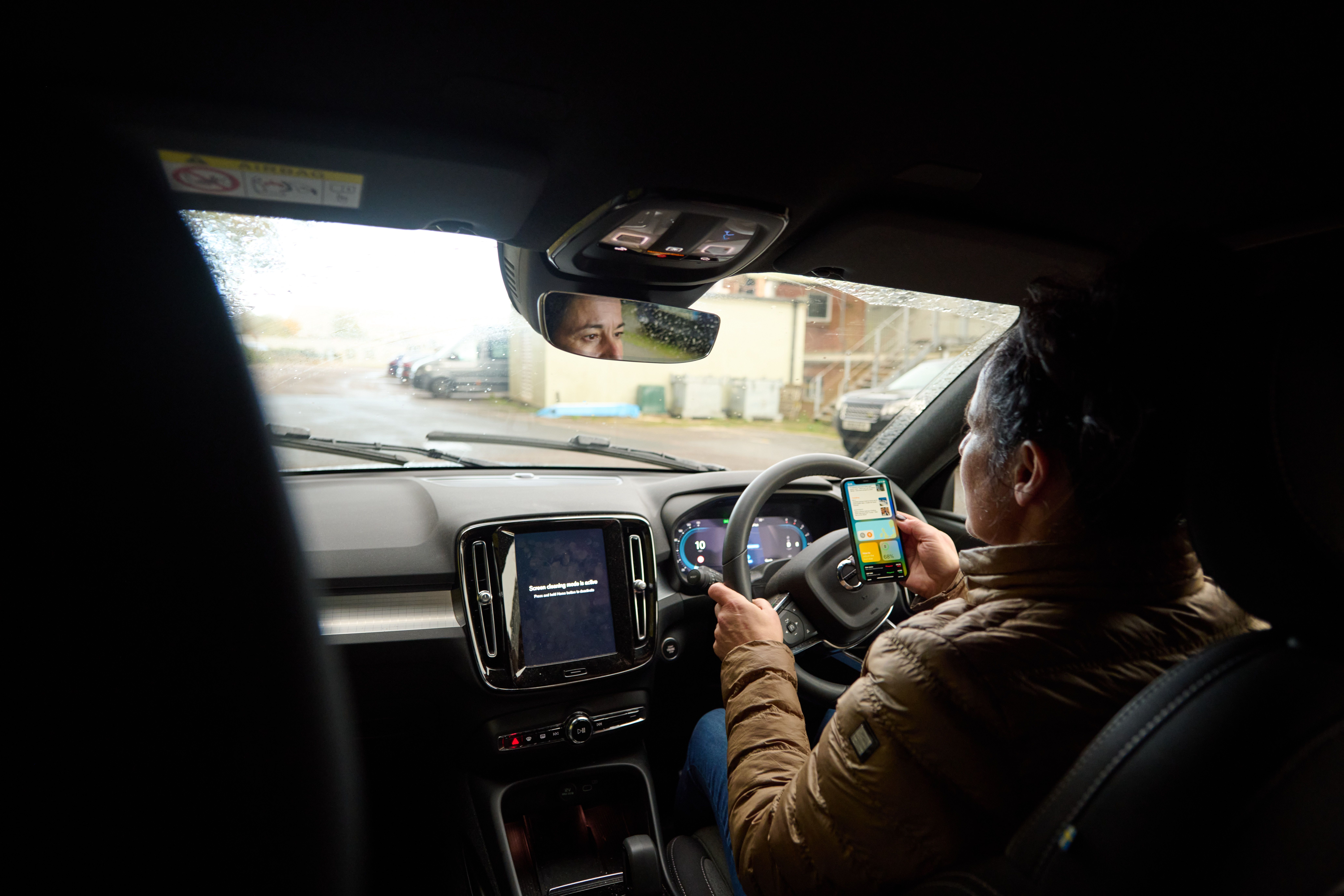Driver risk management the business benefits
)
This report will also help anyone involved in running a fleet, to understand the driver, vehicle and company risks associated with running a fleet of vehicles. While focusing mainly on people who drive for work, it covers the legal requirements for business, the recent changes in Health and Safety fines that have seen penalties skyrocket, as they are now directly linked to business turnover. Also, it looks at the benefits of assessing a driver’s risk exposure behind the wheel and the driver coaching that may be needed to improve driving behaviour and performance.
Finally, it describes an in-depth case study about the Greenhous Group fleet and driver risk programme that has already created a strong foundation for business change.
Driving is dangerous
Driving is probably the most dangerous activity we embark on every day, yet we drive from A to B, often without a second thought.
But the facts speak for themselves. In Britain, the Department for Transport recently reported that there were 1,770 road deaths and 26,610 people killed or seriously injured on the roads in 2018. That’s nearly five people every day not returning to their family, due to a motor vehicle crash. By any definition, these figures are truly shocking.
Driving for work is dangerous too
Around a third of all these death in Britain are work-related; not only the drivers or passengers but also other vulnerable road users such as cyclists, motorcyclists and pedestrians. In the EU, this figure of work-related deaths is estimated to be 40%.
Governments around the world recognise the social and health care costs of this constant wave of deaths and injuries. They also recognise that employers have a responsibility to minimise the risks to their staff. That’s why the UK Health and Safety Executive explicitly says employers have a legal duty of care to any of their employees who drive ‘at work’, irrespective of the vehicle’s ownership.
As a result, some organisations have started to check the legality of the driving licences of their drivers. Others have undertaken some driver training for their staff who have a history of traffic collisions; some have adopted a fully comprehensive approach.
We believe that a consistent, sustainable and long-lasting reduction in deaths and injuries on the road can only be achieved if employers take a more pro-active and all-encompassing approach. By implementing an all-inclusive ‘at-work’ occupational road risk programme, employers can change the way that their employees drive, for the better.
We call this fleet and driver risk management.



.png)
.png)
.png)
.png)
